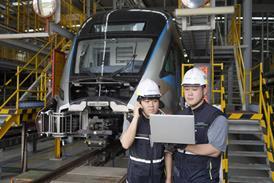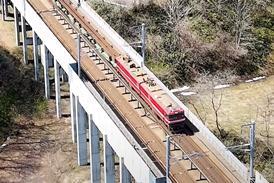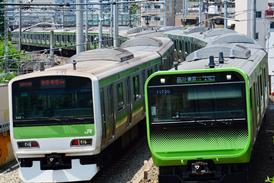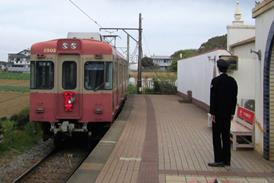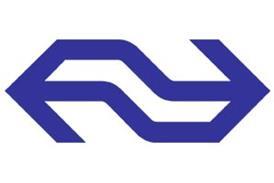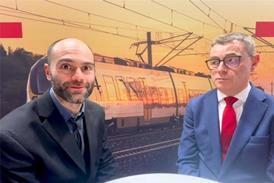Close menu
- Home
-
News
- Back to parent navigation item
- News
- Traction and rolling stock
- Passenger
- High speed
- Freight
- Infrastructure
- Policy
- Technology
- Ticketing
- Business
- Research, training and skills
- Accessibility and inclusion
- People
- Urban rail news
- Suburban and commuter rail
- Metro
- Light rail and tram
- Monorail and peoplemover
- Regions
- InnoTrans
- In depth
- Events
- Data
- Maps
- Tenders & Jobs
- Sponsored content
- Insights
Alameda will ease LA port bottleneck
By Railway Gazette International1997-09-01T10:00:00
INTRO: Spectacular growth in trade across the Pacific has generated severe congestion on the railways which serve the southern Californian ports of Los Angeles and Long Beach. William D Middleton describes the Alameda Corridor - a US$2bn construction project to cure congestion and provide capacity for future growthTHE SAN PEDRO ...
Already have an account? LOG IN
To continue…
You’ve reached your limit of content for the month

